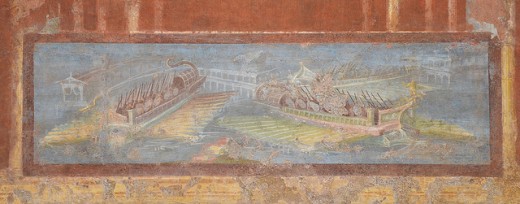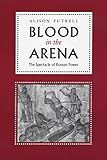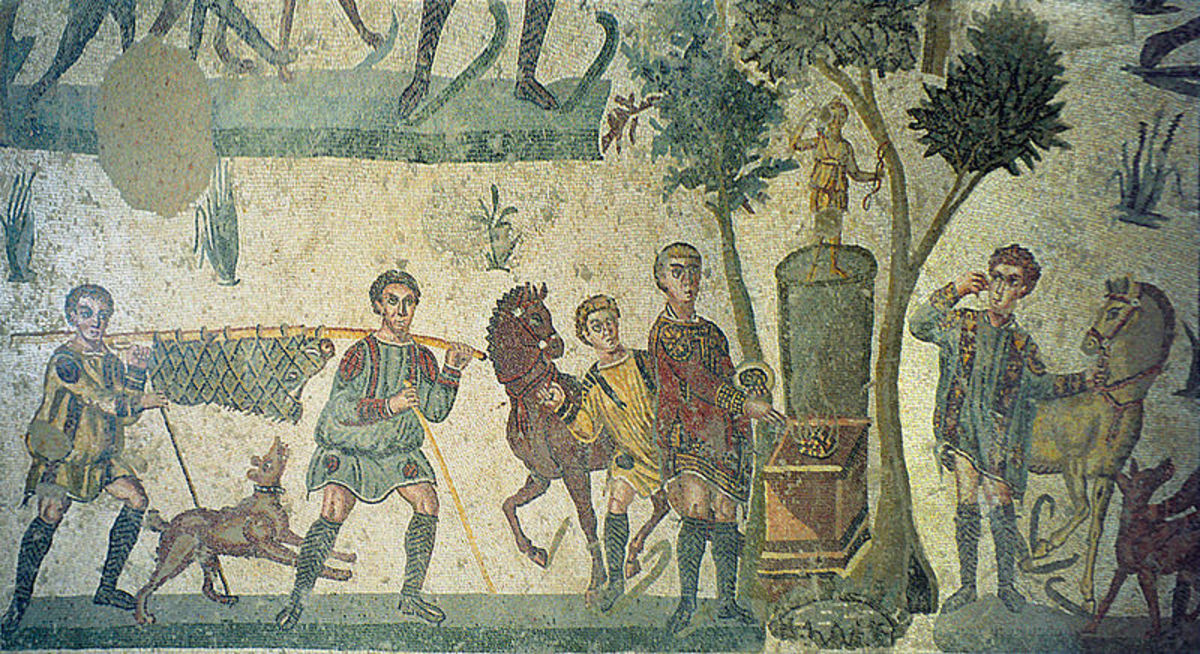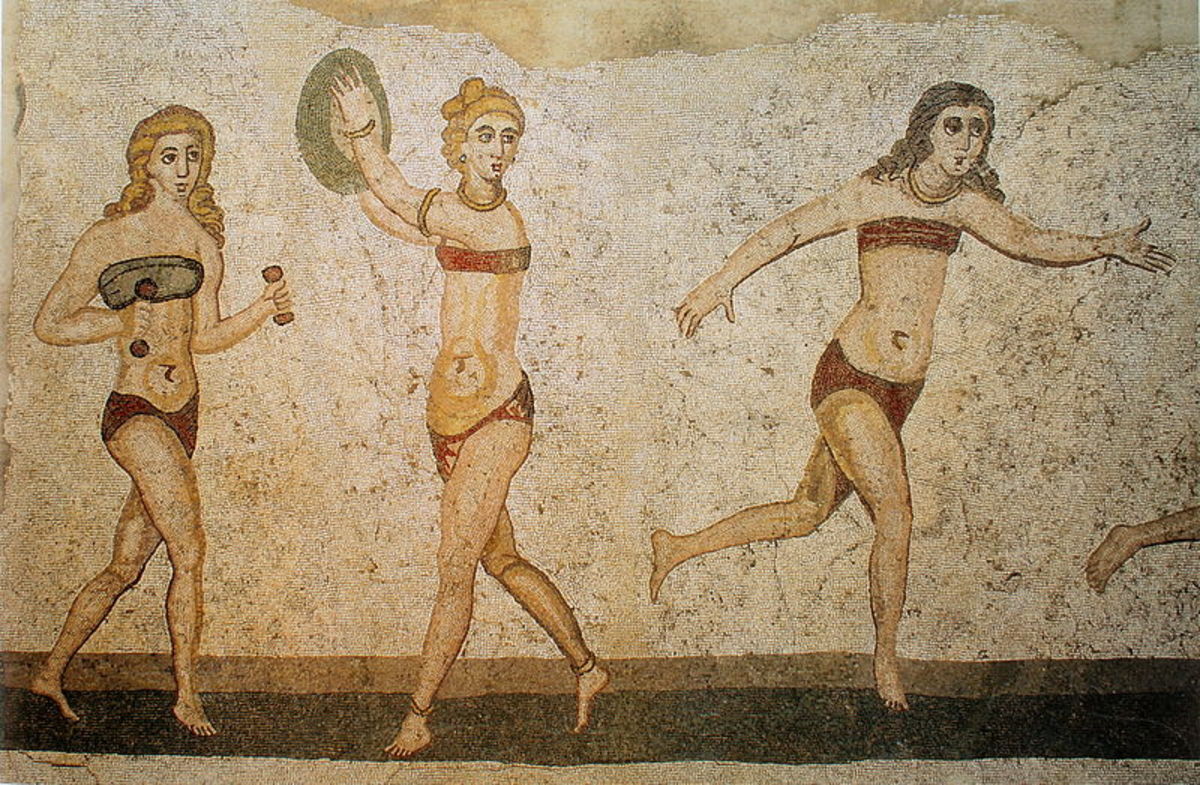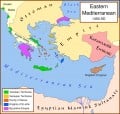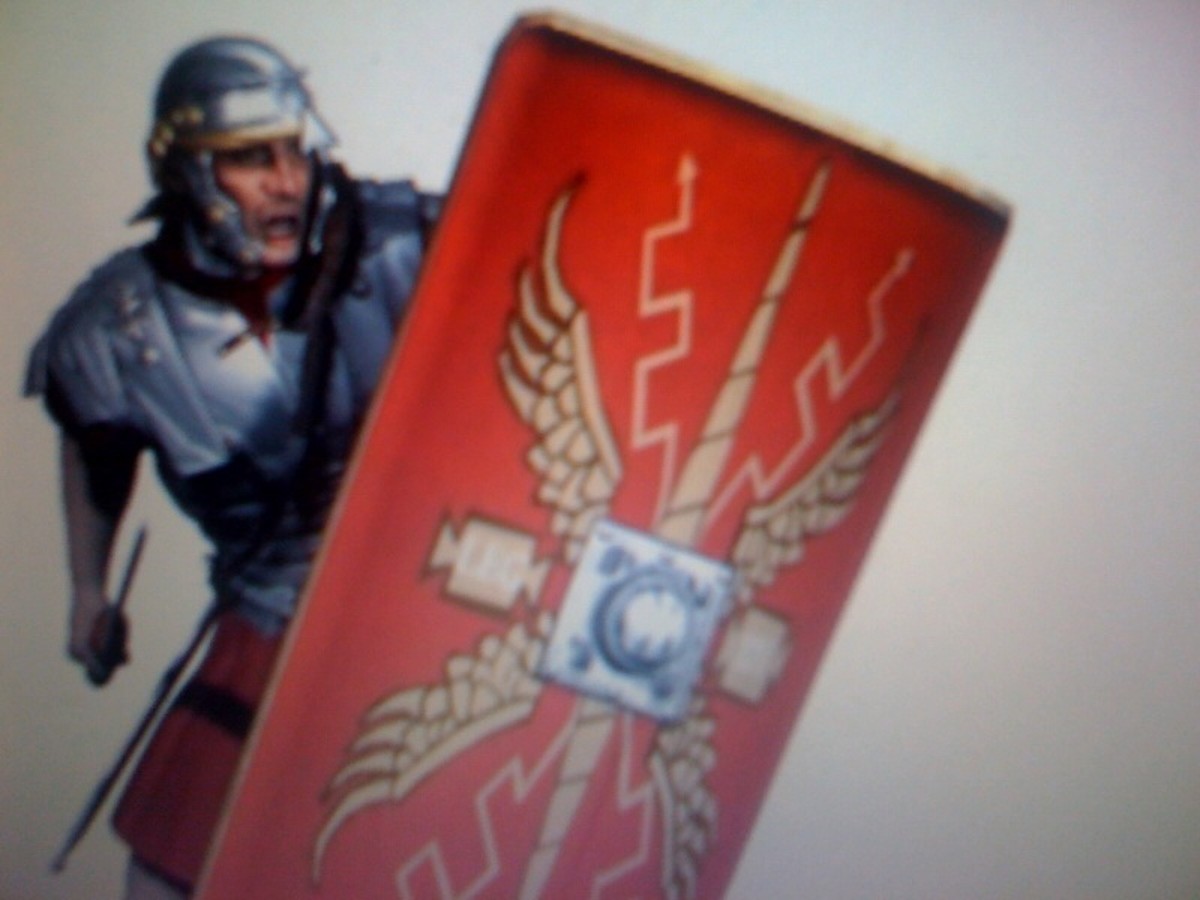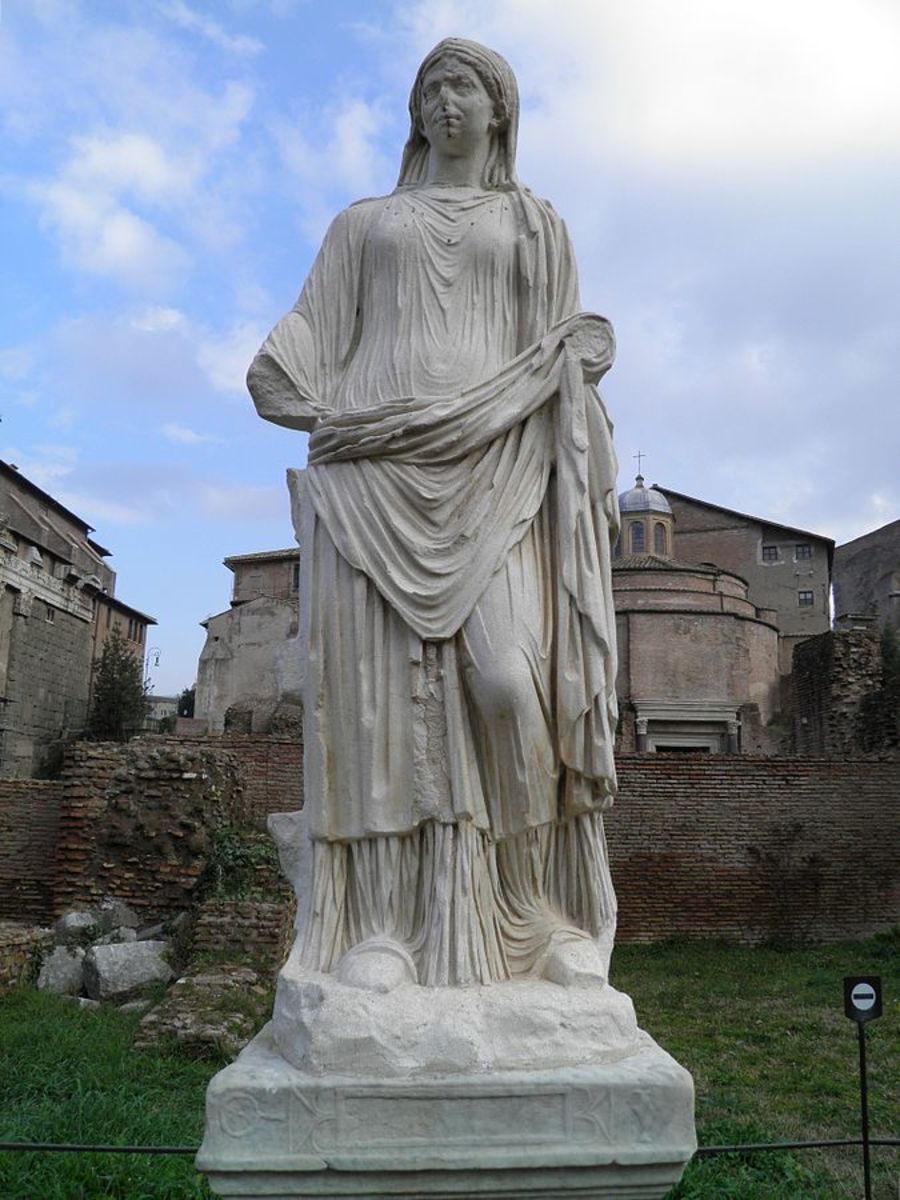- HubPages»
- Education and Science»
- History & Archaeology»
- Ancient History»
- Greek & Roman History
Naumachiae, Naval Battles in the Roman Colosseum
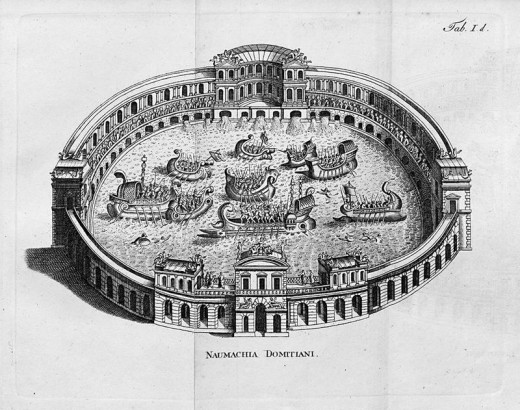
Executing criminals, staging gladiator fights, hunting thousands of wild animals brought from all over the empire, the famous Colosseum in Rome has had a long history of violent and bloody entertainment being held inside of it. Most people already know about these spectacles; you can hardly read about the Roman games without coming across the infamous gladiator fights, but there seems to be one form of entertainment that has been glossed over in textbooks and other sources, except the Roman writers themselves. The naumachia, Greek for “naval combat,” was no doubt the most fantastic and lavish of the events that Romans set up to entertain themselves with, and also the most difficult to pull off. Which is probably why they aren’t mentioned a whole lot.
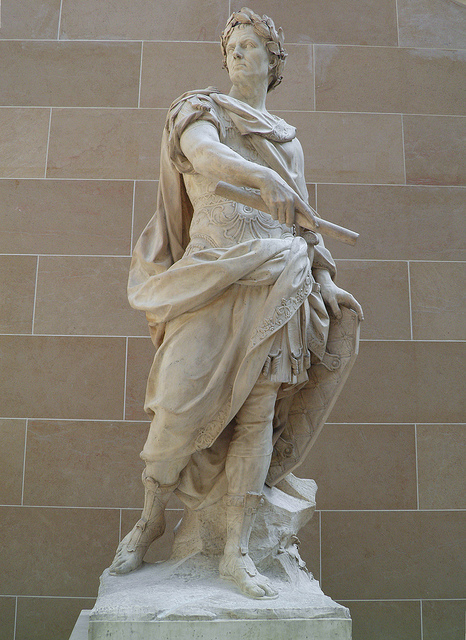
As you can guess from the name, the naumachia involves staging a mock sea battle, all in the name of entertainment. Actual ships manned by actual people (usually prisoners of war or criminals condemned to death) all of them actually fighting. Historians say that the root of these games could probably be found in ancient Romans using the Tiber River as a training ground for their navy to stage sea battles as practice while excited citizens watched from the shore, but the first known naumachia given solely for the purpose of entertainment was recorded in 46 BCE, planned by none other than Julius Caesar himself. During his extremely expensive and unique quadruple triumph, he had a basin dug near the Tiber River and filled with water so that it would hold life-sized ships and still be large enough for maneuverability, and made 1,000 men on each of the opposing sides fight each other while 4,000 men rowed.
It was a large spectacle, unrivaled by anything the Romans had ever seen before. Roman writers such as Suetonius write about how people camped along the streets in order to see the battle and many were crushed by their peers in the excitement of it all.
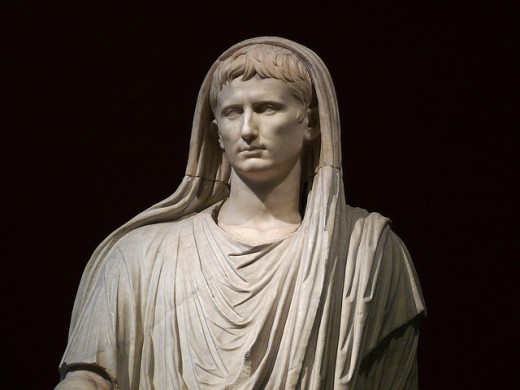
So, naturally, it would have to be replicated later. Emperor Augustus took a leaf out of his uncle’s book and staged his own naumachia as a celebration of the newly built Temple of Mars Ultor, having a new basin dug (Caesar’s had been filled in soon after it had served its purpose) that was bigger and more grand than the previous one—as how most Roman things go. It was as long as the Circus Maximus and over twice as wide, with an island in the center where the most important spectators got the best seats to the show. Three times the amount of people fought in this match as before, but it still was nothing compared to a later emperor, Claudius, who staged one of his own inside of an actual lake, so there was plenty of room to fight and maneuver in.
Even more interesting, this particular event is the only time in recorded history where the well-known phrase: “We who are about to die salute you,” has ever been used. The men participating in this battle were criminals condemned to execution, so it makes sense that they would say this to the crowd before they fought, as a way of ingratiating themselves before they died. Modern day myths associate this phrase with gladiator fights, except gladiators were not criminals and their matches rarely ended with the death of one of the fighters and therefore this salute would have been pointless with them.
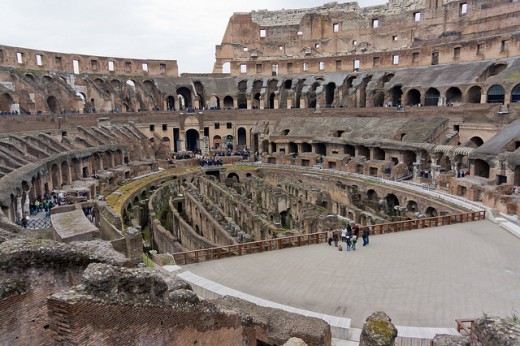
However the first time an actual site was constructed to have a permanent location where an emperor could hold a naumachia, without needing to dig a basin or go to a lake, was with the Colosseum. Vespasian wanted a place unlike any other in the world, where the grandest games could be held, and it was his son Titus who finished Rome’s most famous monument and held naumachiae inside of it. This was done very cleverly by the Romans; the Colosseum’s floor could be removed, along with all of the supports under it, within a short amount of time to make the ground deeper than usual, so it could be filled with water and not be too shallow for the boats to sail in. Water was drained off from nearby aqueducts and could fill the arena within the very same day as the land fights, as it has been calculated that it would only take about 34 to 76 minutes to flood the vast space, depending on how much water was being siphoned off the aqueducts to fill the Colosseum. This is quite an amazing feat of engineering when thinking about how long ago this was, and the vast amount of effort it would take to replicate something like this even in our day.
Romans have created marvels all for the sole purpose of entertaining themselves, the greatest of these no doubt being the great Colosseum. But to truly appreciate the amazing complexity of it all, learning about everything the Romans could make their creations do and undergo is the way to do it.
